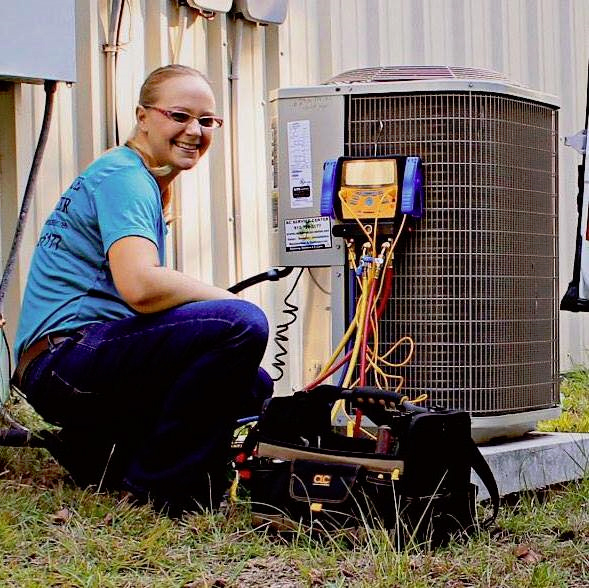
A Career in HVAC
On a day to day basis, most people don’t pay attention to the air temperature and the air quality at home, their place of work, restaurants, or shopping malls until it breaks, especially in the middle of winter or summer. Now that there is an almost monthly record high heat waves across the US and Canada, the demand for HVAC (Heating, Ventilation and Air Conditioning) Technicians has increased. With the job covering heating, air conditioning systems, heat pumps, dedicated furnaces, gas fireplaces and so much more, we rely more on HVAC Technicians than most people might realize.
There are a few different ways to become an HVAC Technician. Often the first step is to get a helper or labour job working with HVAC technicians and then getting a formal apprenticeship. An apprenticeship will lead to a Journeyperson or Red Seal License.
While not necessary, most HVAC Technicians have Gas Fitter Licenses such as a G1 or G2 in Ontario or a Class A and B in British Columbia on top of a Red Seal. Having a Gas Fitter is also best suited for someone working with equipment in colder climates, as it allows you to work on heating during the winter, which makes you more in demand for more companies and or clients. The G1 and Class A enable technicians to work on high BTU commercial/industrial gas projects while G2 and B tickets are limited to residential.
The job is also year long and can have people working on air conditioning in the summer and heating in the winter. Systems and equipment also have to be maintained and then updated and upgraded every 10-15 years to increase efficiency and converse energy, so you’ll always be working on something.
A typical workday can include overseeing installations, troubleshooting and repairing equipment, apply local HVAC codes, provide technical support in the field, collaborate with sales and engineering to develop product definitions responsive to customer needs and market opportunities, layout, design, and installation of low voltage wiring, and run after-hour as required. Someone can work in residential homes, schools, hospitals, office buildings and factories, basically anywhere that uses heating, air conditioning, or a ventilation system. A typical entry-level salary is $19.05 an hour, and more experienced technicians can make $34 an hour.
If you are interested in advancement opportunities, a career path in HVAC can lead to you becoming an estimator, a project manager, supervisor, or an engineer. Working as an HVAC estimator, project manager and supervisor can give you experience working more managerial and task management roles, while becoming a mechanical or product testing engineer allows for more hands-on work in the field. You can also become a design engineer, which would increase your experience using software.
To see a list of current vacancies for HVAC Technicians, check out our job board.
For more information on HVAC, click here.
Photo Credit: Women in HVACR
Kael Campbell is President and Lead Recruiter of Red Seal Recruiting Solutions, a company providing recruitment services in mining, equipment and plant maintenance, utilities, manufacturing, construction, and transportation. When he is not recruiting, Kael spends as much time as possible with family in the great outdoors and on the water. He volunteers his time as a Board Member of the Entrepreneurs Organization of Victoria and a Member of Victoria Marine Search and Rescue. You are invited to subscribe to our employer newsletter or submit your resume.

